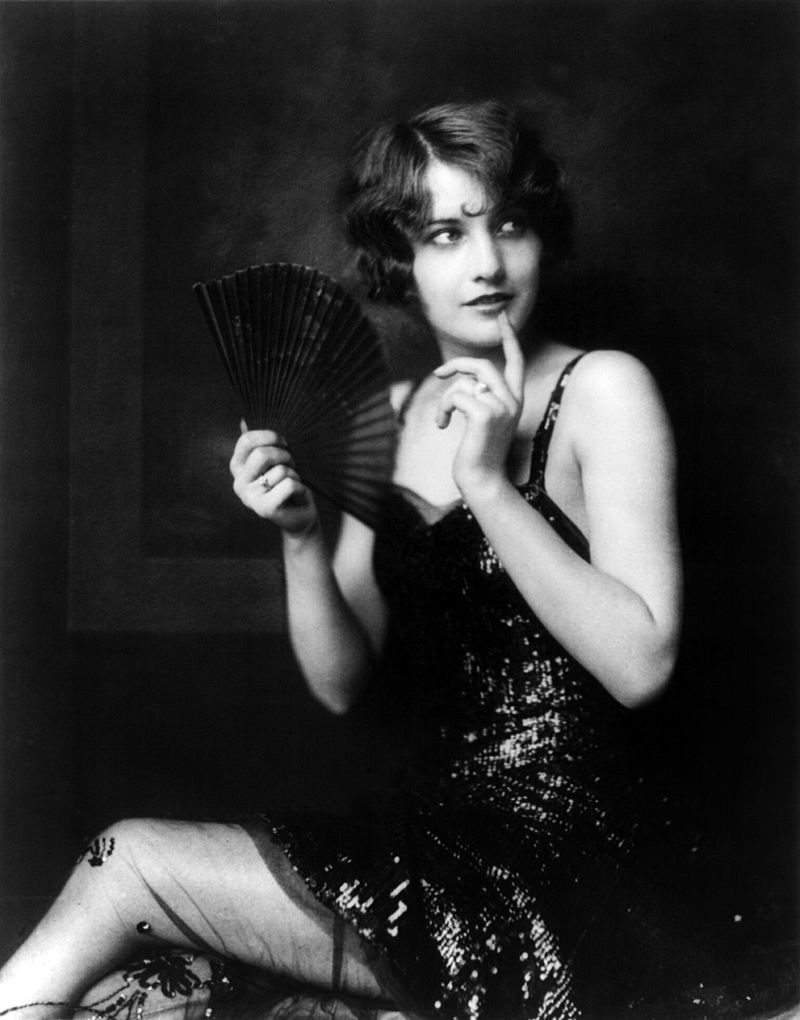
Subscribe on your favorite podcast catcher:
Apple Podcasts | Android | CastBox | Google Podcasts | PocketCasts | PodBean | Stitcher | RadioPublic | TuneIn | Blubrry | RSS
Chicago’s most famous Vanishing Hitchhiker is, without a doubt, the ghost of the young woman (or women) who has come to be called Resurrection Mary. But, Mary isn’t Chicago’s only hitchhiking spirit and her story is pre-dated by another ghost: The Waldheim Flapper.
In some ways, their stories parallel each other.
Mary haunts the stretch of Archer Avenue between the old Willowbrook Ballroom and Resurrection Cemetery, while the Waldheim Flapper was associated with Des Plaines Avenue between the Melody Mill Ballroom and Waldheim Jewish Cemetery.
Both girls are thought to have come from communities of Eastern European immigrants.
And, both represent important eras in Chicago history. The Flapper comes from the Roaring Twenties, an era known for prohibition, gangland violence and progressive social change. Mary comes from the 1930s, the decade not only of big bands and ballroom dancing, but also the Great Depression.
In other ways, the girls in the story seem opposites.
Where Resurrection Mary is a Catholic girl with long, blonde hair and a white gown, the Waldheim Flapper is Jewish, with short, dark curls and — as the name implies — a straight-waisted, knee-length, fringed flapper dress straight out of the 1920s.
Together, they were two of the most commonly reported ghosts in Chicago.
On this episode, we explore the story of Chicago’s other vanishing hitchhiker: The Waldheim Flapper.

Barbara Stanwyck as a Ziegfeld girl (c. 1924) by Alfred Cheney Johnson (Source: Wikipedia Commons | Library of Congress)
Suggested Reading
- Chicago’s Street Guide to the Supernatural: A Guide to Haunted and Legendary Places in and near the Windy City by Richard T. Crowe
- The Ghosts of Chicago: The Windy City’s Most Famous Haunts by Adam Selzer
- Just Kill Me by Adam Selzer
- Chicago Haunts: Ghostlore of the Windy City by Ursula Bielski
Additional Resources
- Posts about Lillian Collier by Adam Selzer at Mysterious Chicago Tours
- Jewish Waldheim Cemetery by Dale Kaczmarek at the Ghost Research Society
- Chicago’s Other Vanishing Hitchhikers by Troy Taylor at PrairieGhosts.com
- Chicago’s Flapper Ghost of the Roaring Twenties by Marlon Heimerl at Legends of America
Music
- Moonlight on Melody Mill by Bobby Freeman, Cramer and Tiny Hill and his Orchestra at Internet Archive (archive.org)
If you’re enjoying Epitaph, please consider becoming a Patreon patron.


